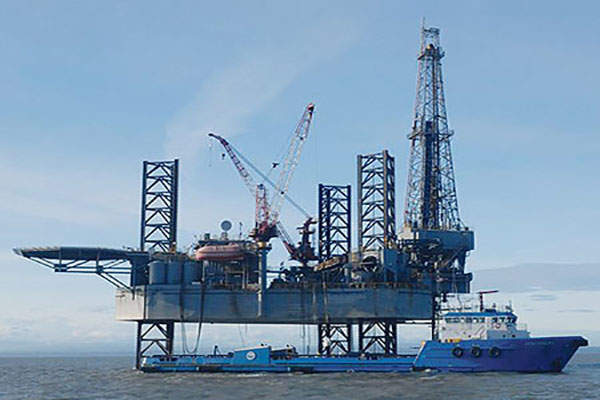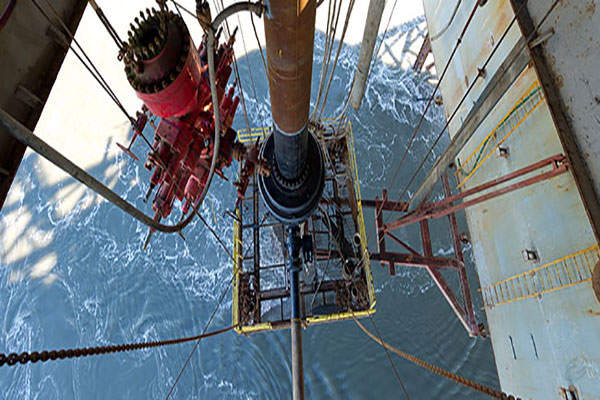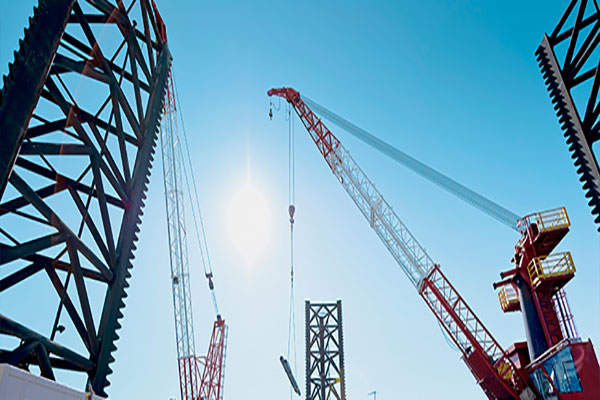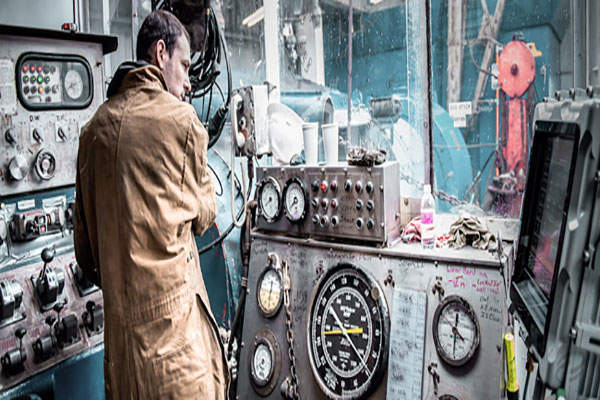The Kitchen Lights Unit (KLU), covering an area of approximately 83,300 acres (337km²), is the biggest development region in Cook Inlet, Alaska, US. The offshore area is located approximately ten miles (16km) north of Boulder Point, near Nikiski.
The KLU accommodates four blocks namely the North Block, the Corsair Block, the Central Block and the South-West Block. Its development, involving both offshore and onshore installations, is expected to be completed in mid-2015 and the first production is scheduled for late 2015.
The project will cater to residents and industries in the greater Cook Inlet and Anchorage region of southcentral Alaska, where oil and gas production rates have been declining in recent years.
Furie Operating Alaska (formerly Escopeta Oil), a wholly-owned subsidiary of Cornucopia Oil & Gas Company, is the operator of the KLU. Deutsche Oel & Gas (DOGAG) is the holding company for Cornucopia and Furie.
Financing for the Alaskan offshore project
The project is being financed through subsidies (65% for well lease expenditures and 45% for related costs on construction of transportation or processing facilities) from the state of Alaska, and $160m in funding from the Energy Capital Partners Mezzanine Opportunities Fund.
Latham & Watkins served as the legal adviser to Energy Capital Partners, while Stoel Rives and Cogan & Partners served as legal advisers to Furie.
Exploration and drilling at KLU
The majority working interest in the KLU was acquired by Cornucopia in October 2010. Prior to its acquisition, five wells were drilled within the KLU, two of which were drilled by Shell in the mid-1960s, two by Arco in the early 1990s and one by ConocoPhillips.
Furie initiated drilling operations at the KLU in September 2011 and the first exploratory well KLU #1, located in the Corsair Block, discovered gas the next month at a depth of 8,805ft.
This was followed by the drilling of the KLU #2 and KLU #3 exploratory wells at the same block in 2012 and 2013, respectively. The drilling of the KLU #4 well at the North Block and the KLU #5 well at the Central Block were also completed in 2013.
The KLU #3 well proved to be the most successful well at the KLU to date. Drilled to a total depth of 10,500ft (3,000m), the well encountered four large natural gas development zones. Flow tests on the well proved that 35.3 million cubic feet of gas a day could be extracted from three of these zones.
The exploratory wells at the KLU were drilled employing the Spartan 151 jack-up rig and Kenai Offshore Ventures’ Endeavour rig.
Kitchen Lights Unit development details
The development of the Kitchen Lights Unit primarily involves the installation of a new production platform named KLU Platform A, two subsea natural gas gathering pipelines connecting the platform to the onshore production facility, an onshore pipeline tie-in facility to connect an existing natural gas distribution pipeline and use of a temporary jack-up drilling rig to drill the development wells.
The KLU Platform A is being installed at the location of the KLU #3 well at the Corsiar Block, from where initial production is expected. Six development wells will be drilled as part of the project.
The onshore production facility, covering an area of approximately 28,000ft², is being constructed at Nikiski. Its construction was initiated in the summer of 2014.
The 10in-diameter and approximately 16 mile-long offshore pipelines are being laid following the route of the existing Cook Inlet Gas Gathering System (CIGGS) gas corridor, which is operated by Hilcorp Alaska. The pipe components are being completely encased in concrete.
Details of the KLU A monopod platform
The platform was constructed at Ingleside, Texas, and towed to the Kachemak Bay, Alaska, in September 2014.
The offshore production platform is a monopod-type platform with a six well template. The single monopod leg consists of a steel caisson, which will be placed on the seabed, with well pipes passing through the interiors of the caisson.
It is comprised of three primary decks, the production deck, the main deck and the helicopter deck. The platform will provide accommodation facilities for up to 28 people. It houses a platform workover rig to provide additional well-servicing and completion activities, and a 100ft boom crane.
Contractors involved with the Cook Inlet gas project
The design for the project’s platform, subsea pipelines and onshore processing facility, and complete engineering, bid preparation and construction management activities are being rendered by William Jacob Management.
Automation and electrical support are being provided by Advanced integrated Services (AIS), which further subcontracted PVG Global to supply three electrical control buildings.











